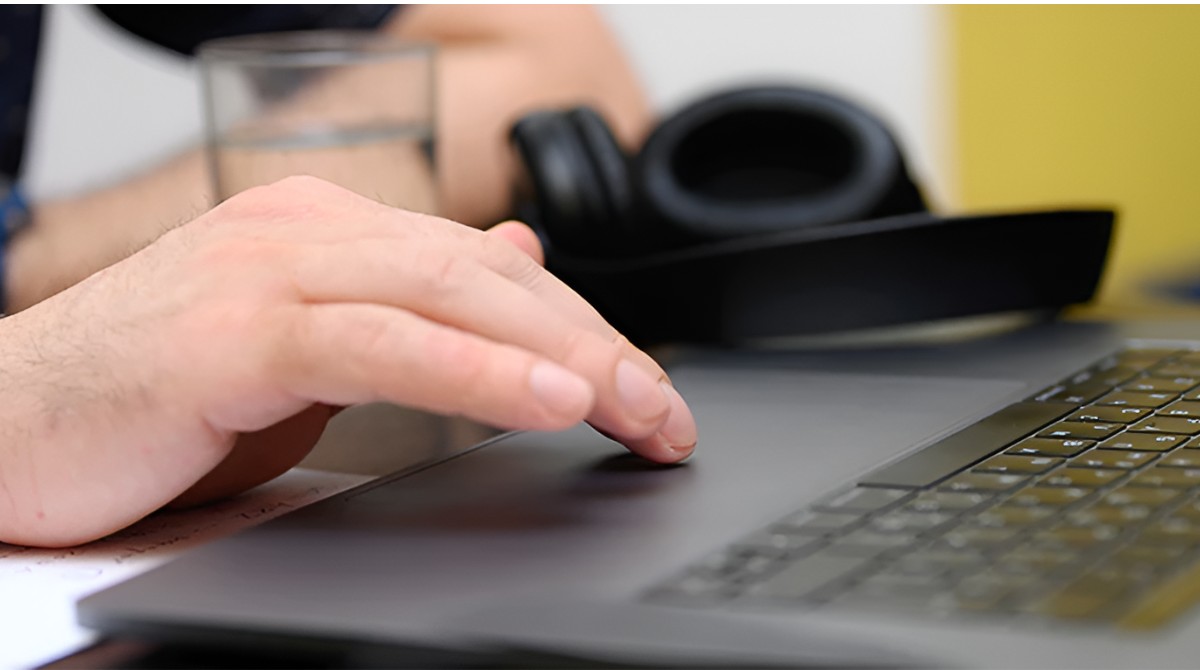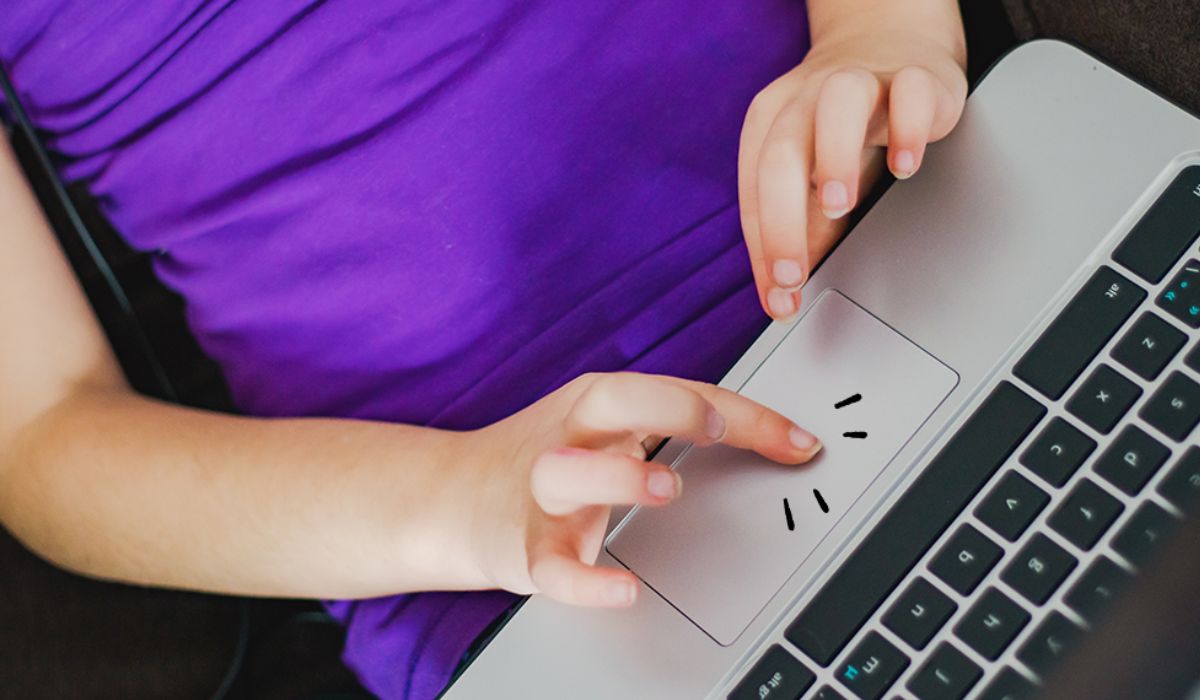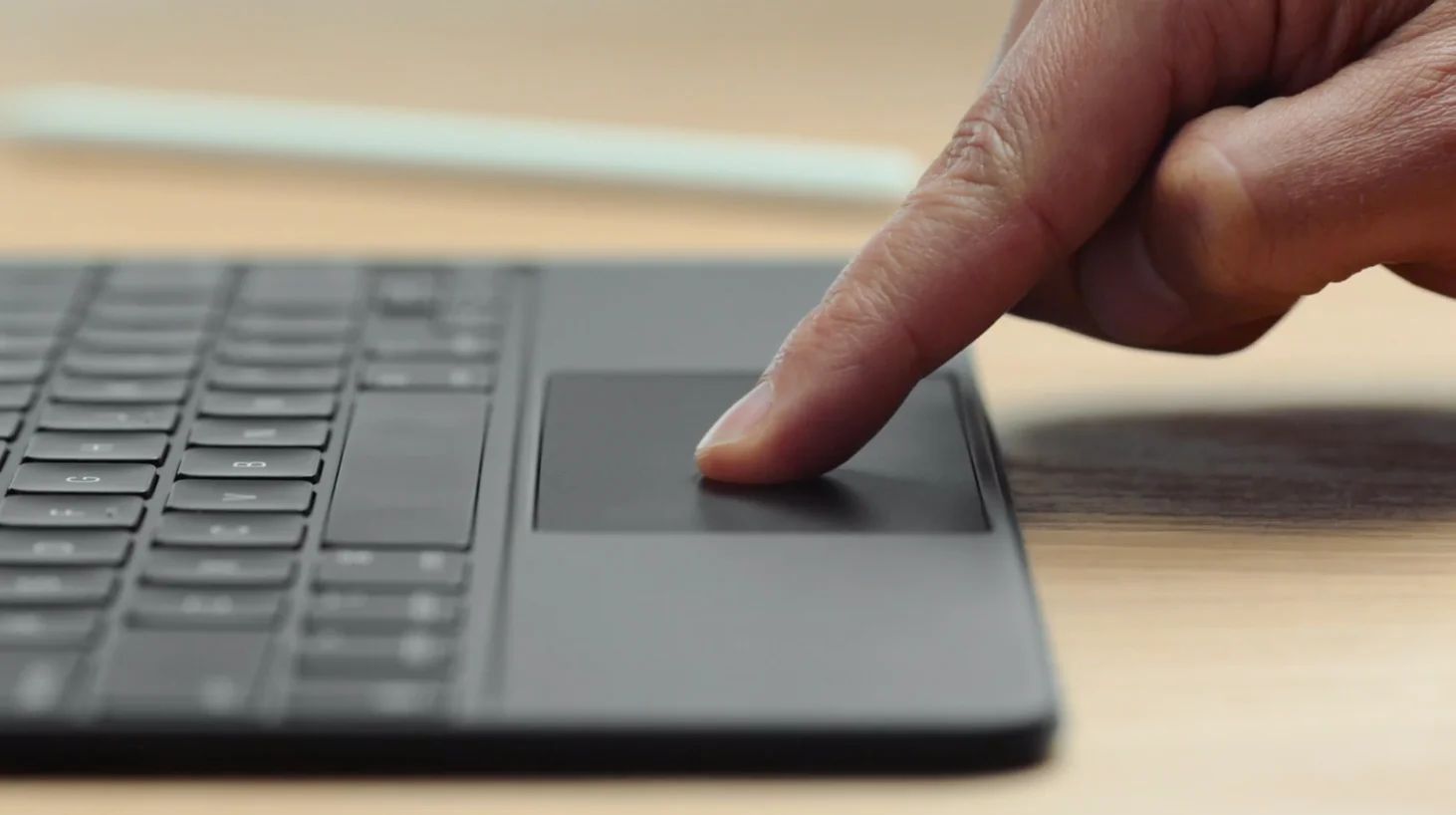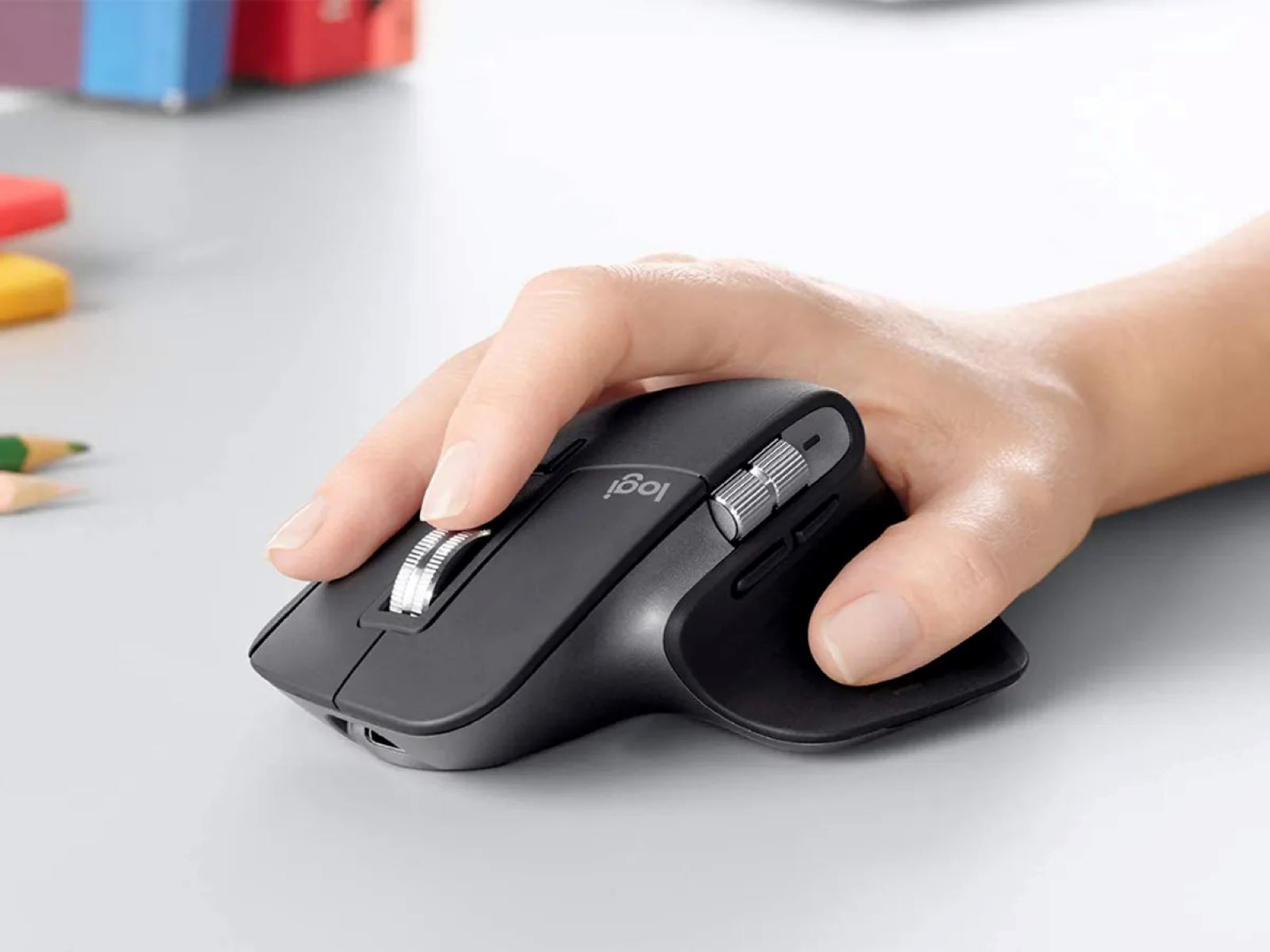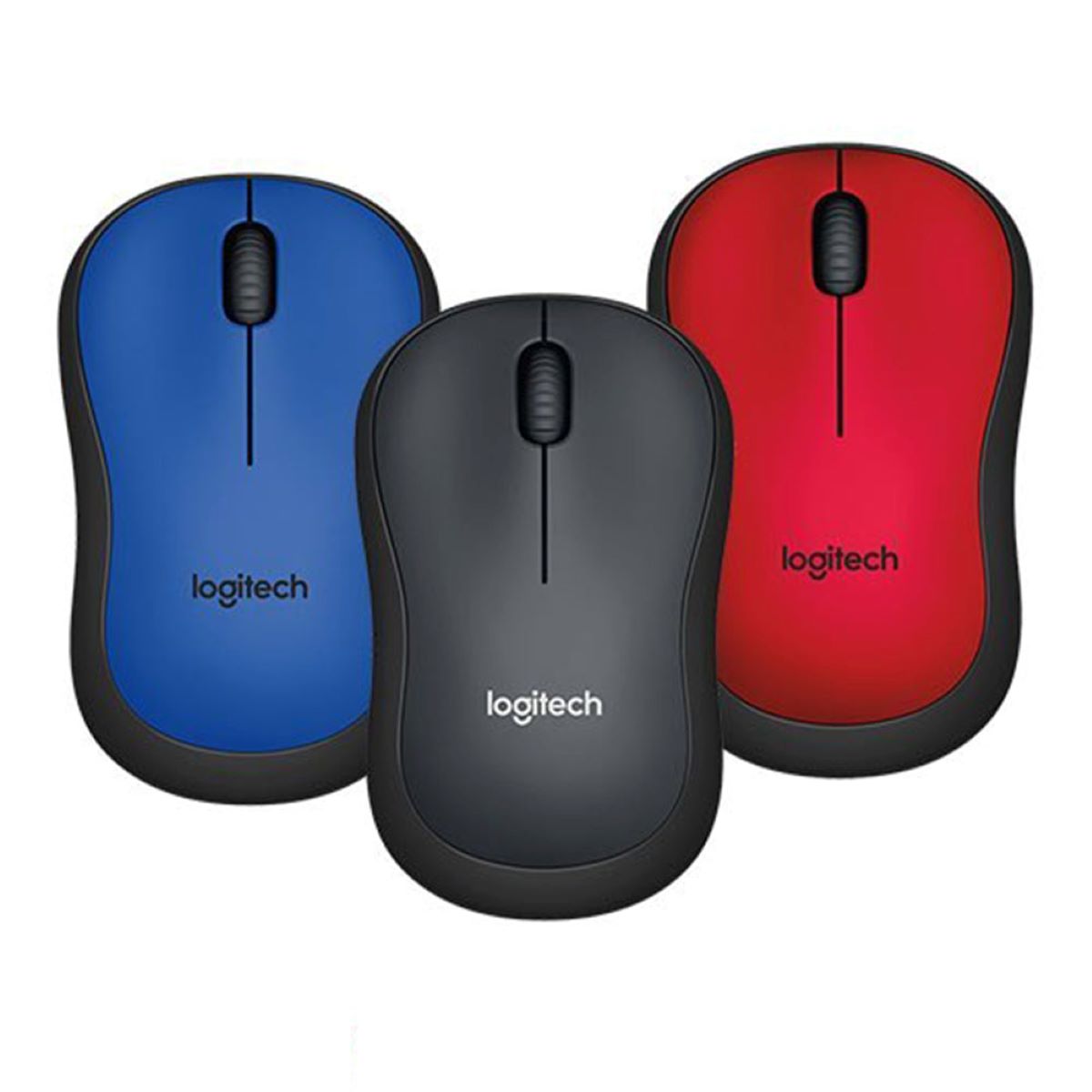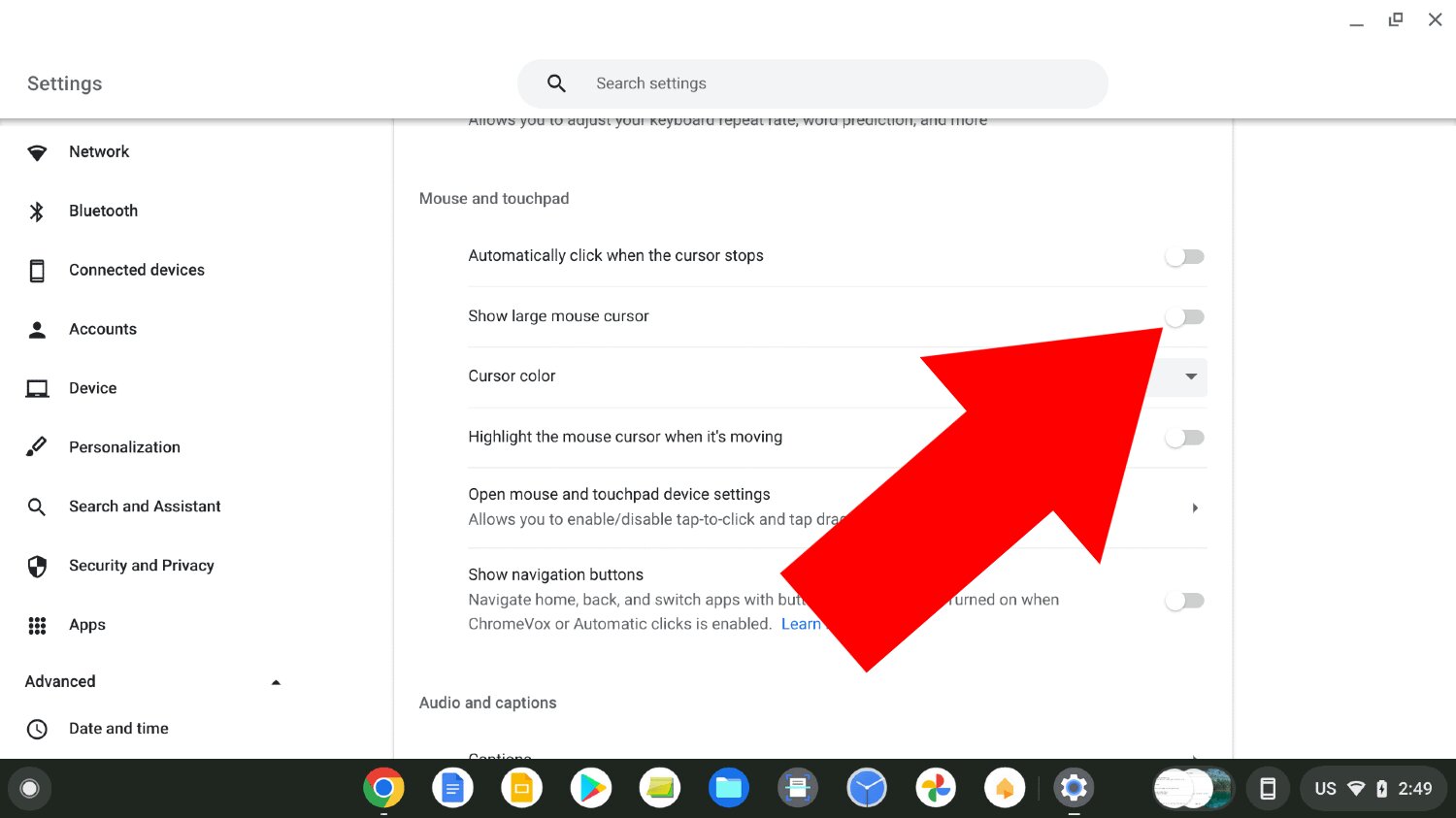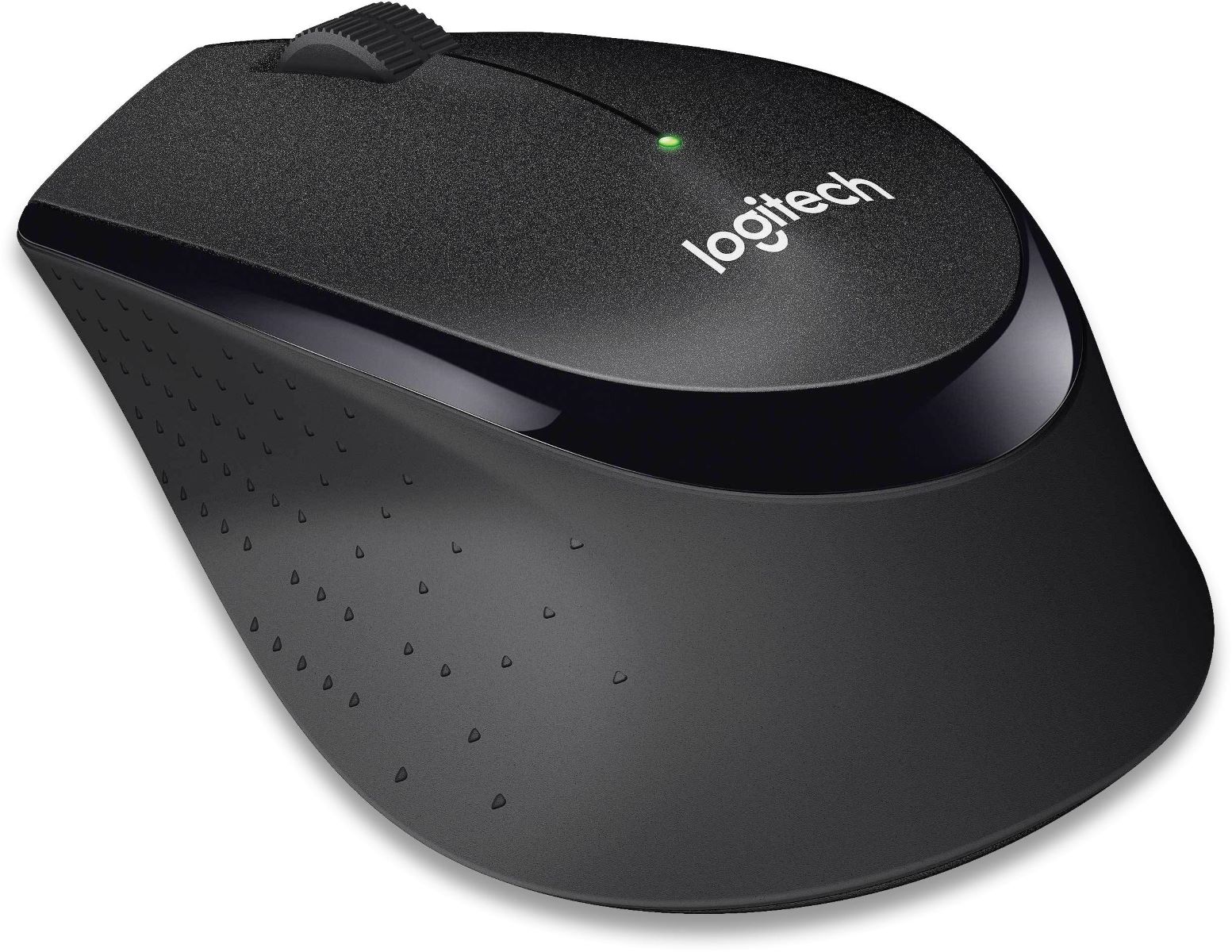Introduction
Navigating a Chromebook is a breeze with its intuitive mouse pad. Whether you're new to Chromebooks or looking to delve into its features, mastering the mouse pad is essential for seamless navigation and productivity. In this guide, we'll explore the ins and outs of using the mouse pad on a Chromebook, from basic navigation to advanced gestures and customization options.
The mouse pad, also known as a touchpad, serves as the primary input device for controlling the cursor and interacting with the user interface on a Chromebook. Understanding its functionality and capabilities can significantly enhance your overall user experience. By familiarizing yourself with its features, you can effortlessly perform various tasks, such as web browsing, document editing, and multitasking, with precision and efficiency.
Whether you're using a Chromebook for work, school, or personal use, harnessing the full potential of the mouse pad can streamline your daily activities and boost your productivity. From simple taps and swipes to more complex multi-finger gestures, the mouse pad offers a range of functionalities that cater to different user preferences and workflows.
In the sections that follow, we'll delve into the intricacies of the Chromebook mouse pad, exploring its navigation capabilities, gesture-based interactions, and customization options. By the end of this guide, you'll have a comprehensive understanding of how to leverage the mouse pad to its fullest extent, empowering you to navigate your Chromebook with ease and efficiency. Let's embark on this journey to unlock the true potential of the Chromebook mouse pad.
Understanding the Chromebook Mouse Pad
The Chromebook mouse pad, or touchpad, is a versatile input device that allows users to interact with the operating system and applications through various touch-based gestures and movements. Unlike traditional computer mice, the mouse pad doesn’t require physical buttons for clicking and scrolling, relying instead on touch-sensitive technology to interpret user input.
One of the key features of the Chromebook mouse pad is its responsiveness to multi-touch gestures, enabling users to perform a wide array of actions using intuitive finger movements. Additionally, the mouse pad supports precise cursor control, making it ideal for tasks that demand accuracy, such as graphic design and precise document editing.
Chromebook mouse pads often feature a smooth, tactile surface that facilitates fluid finger movements, allowing users to navigate the interface with ease. The absence of physical buttons contributes to a sleek and minimalist design, enhancing the overall aesthetics of the device while providing a seamless user experience.
Understanding the layout and functionality of the mouse pad is crucial for harnessing its full potential. Typically, the mouse pad is positioned below the keyboard, within easy reach of the user’s hands. It may feature integrated left and right-click areas, as well as support for tap-to-click functionality, enabling users to interact with on-screen elements effortlessly.
By familiarizing yourself with the Chromebook mouse pad’s capabilities, you can leverage its intuitive design to streamline your workflow and enhance your overall computing experience. In the next sections, we’ll explore the various ways you can navigate the Chromebook interface using the mouse pad, as well as delve into advanced gestures and customization options that empower users to tailor the mouse pad to their preferences.
Navigating with the Mouse Pad
Using the mouse pad on a Chromebook to navigate the user interface is an intuitive and seamless experience. The mouse pad allows for precise cursor control, enabling users to effortlessly move the on-screen pointer to interact with various elements and applications. Whether you’re browsing the web, managing files, or accessing apps, the mouse pad serves as a reliable tool for navigation.
Basic navigation with the Chromebook mouse pad involves simple gestures and movements that are easy to master. By placing a single finger on the mouse pad’s surface and moving it in the desired direction, users can control the position of the cursor on the screen. This fundamental action allows for precise pointing and clicking, essential for interacting with icons, buttons, and other graphical elements within the user interface.
Additionally, the Chromebook mouse pad supports tap-to-click functionality, enabling users to perform a click action by tapping the surface of the mouse pad with a single finger. This feature provides a convenient alternative to physical clicking and is particularly useful for executing commands and selecting items without the need for external peripherals.
Furthermore, the mouse pad facilitates effortless scrolling through web pages, documents, and other content. By using two fingers to swipe up or down on the mouse pad’s surface, users can scroll through content with fluidity and precision, enhancing the overall browsing and reading experience.
For users who prefer a tactile clicking experience, the Chromebook mouse pad often features dedicated left and right-click areas, allowing for traditional clicking actions without the need for external mice. This design element provides users with flexibility and caters to individual preferences when it comes to interacting with the user interface.
Whether you’re performing everyday tasks or engaging in more complex activities, the Chromebook mouse pad’s navigation capabilities empower users to interact with the device effortlessly. In the subsequent sections, we’ll explore advanced gestures and customization options that further enhance the functionality and versatility of the mouse pad, allowing users to tailor their navigation experience to suit their unique preferences and workflows.
Using Gestures on the Mouse Pad
Chromebook mouse pads support a range of intuitive gestures that enable users to navigate the interface, interact with applications, and perform various actions with ease. These multi-touch gestures leverage the touch-sensitive capabilities of the mouse pad, allowing for seamless and efficient interactions that enhance the overall user experience.
One of the primary gestures supported by the Chromebook mouse pad is the two-finger scroll. By placing two fingers on the mouse pad’s surface and swiping up or down, users can scroll through web pages, documents, and other content with precision and fluidity. This gesture mimics the natural motion of flipping through pages, providing a tactile and intuitive browsing experience.
Additionally, users can employ the pinch-to-zoom gesture to magnify or shrink content on the screen. By placing two fingers on the mouse pad and either spreading them apart or bringing them closer together, users can adjust the zoom level of images, web pages, and other visual elements, allowing for detailed examination and customization of the on-screen content.
Chromebook mouse pads also support three-finger gestures, offering users a convenient way to switch between open tabs or applications. By swiping three fingers horizontally or vertically on the mouse pad, users can navigate through their active windows, streamline multitasking, and effortlessly manage their workflow without the need for complex keyboard shortcuts or mouse-based interactions.
Furthermore, the four-finger swipe gesture enables users to navigate between virtual desktops, providing a seamless way to organize and access multiple workspaces with ease. By swiping four fingers horizontally on the mouse pad, users can transition between different desktop environments, enhancing productivity and organization within the Chromebook operating system.
By mastering these gestures, users can unlock the full potential of the Chromebook mouse pad, leveraging its touch-sensitive capabilities to streamline their interactions and workflows. In the subsequent section, we’ll explore the customization options available for the mouse pad, allowing users to tailor its behavior and functionality to suit their individual preferences and usage patterns.
Customizing Mouse Pad Settings
Chromebook users have the flexibility to customize the settings of the mouse pad according to their preferences, allowing for personalized navigation and interaction experiences. By accessing the system settings, users can fine-tune various aspects of the mouse pad’s behavior, sensitivity, and gestures, ensuring that it aligns with their unique usage patterns and workflow requirements.
One of the key customization options available for the Chromebook mouse pad is the ability to adjust the tracking speed. By modifying the tracking speed setting, users can control the responsiveness of the mouse pad, tailoring it to their preferred cursor movement dynamics. Whether users prefer a faster or more deliberate cursor speed, adjusting this setting can significantly enhance their navigation precision and efficiency.
Furthermore, users can enable or disable tap-to-click functionality based on their preferences. This customization option provides users with the flexibility to choose whether they want to perform clicking actions by tapping the mouse pad’s surface, catering to individual comfort and interaction preferences. Additionally, users can configure the sensitivity of tap-to-click, ensuring that it aligns with their desired level of responsiveness.
Chromebook users can also customize the behavior of multi-touch gestures on the mouse pad. By accessing the system settings, users can enable or disable specific gestures, such as two-finger scrolling, pinch-to-zoom, and three-finger navigation, based on their usage preferences and familiarity with these gestures. This level of customization empowers users to streamline their interactions and optimize the mouse pad’s functionality according to their unique needs.
Moreover, users can explore advanced customization options related to gesture-based interactions, such as configuring the behavior of three and four-finger gestures for window management and virtual desktop navigation. These settings allow users to tailor their multitasking experience, providing efficient ways to switch between applications and organize their workspace with ease.
By leveraging these customization options, Chromebook users can personalize their mouse pad experience, optimizing its functionality to align with their individual preferences and workflow requirements. This level of customization empowers users to tailor their interactions with the Chromebook, enhancing their overall productivity and user experience.







